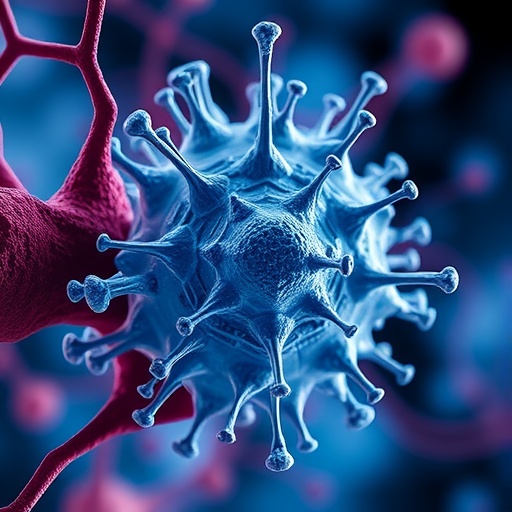New research findings published in the Journal of Leukocyte Biology, suggest that treating the white blood cells of sepsis patients with antibodies that block programmed cell death-1 (PD-1) and programmed cell death ligand (PD-L1) molecules may restore their function and ultimately their ability to eradicate deadly bacteria.
"We hope that this study will lead to a better understanding of why patients with sepsis are often unable to successfully eradicate invading microorganisms," said author Andriani C. Patera, Ph.D. "Furthermore, we hope that this study will stimulate new therapies to treat sepsis based on stimulating various components of the immune system."
To make their discovery scientists conducted a prospective study in which blood from patients with life-threatening infections was obtained and white blood cells were tested for their ability to and control bacterial infection. The white blood cells from patients with sepsis were compared to white blood cells from critically ill patients who did not have infections. White blood cells from the patients with sepsis were severely impaired compared to non-septic patients, and PD-1 and PD-L1 were identified as key mechanisms responsible for white blood cell impairment.
"There is increasing evidence for immune dysfunction in sepsis. Immune dysfunction is now therapeutically correctable by targeting PD-1 in chronic diseases such as cancer and chronic infections," said John Wherry, Ph.D., Deputy Editor of the Journal of Leukocyte Biology. "These new data highlight the potential opportunity to treat a devastating acute and rapidly progressing inflammatory disease with an approach learned and tested in humans in immune oncology."
###
The Journal of Leukocyte Biology publishes peer-reviewed manuscripts on original investigations focusing on the cellular and molecular biology of leukocytes and on the origins, the developmental biology, biochemistry and functions of granulocytes, lymphocytes, mononuclear phagocytes and other cells involved in host defense and inflammation. The Journal of Leukocyte Biology is published by the Society for Leukocyte Biology.
Details: Andriani C. Patera, Anne M. Drewry, Katherine Chang, Evan R. Beiter, Dale Osborne, and Richard S. Hotchkiss. Defects in immune function in patients with sepsis are associated with PD-1 or PD-L1 expression and can be restored by antibodies targeting PD-1 or PD-L1. J. Leukoc. Biol. December 2016 100:1239-1254; doi:10.1189/jlb.4HI0616-255R ; http://www.jleukbio.org/content/100/6/1239.abstract
Media Contact
Cody Mooneyhan
[email protected]
301-634-7104
@fasebopa
http://www.faseb.org
############
Story Source: Materials provided by Scienmag




